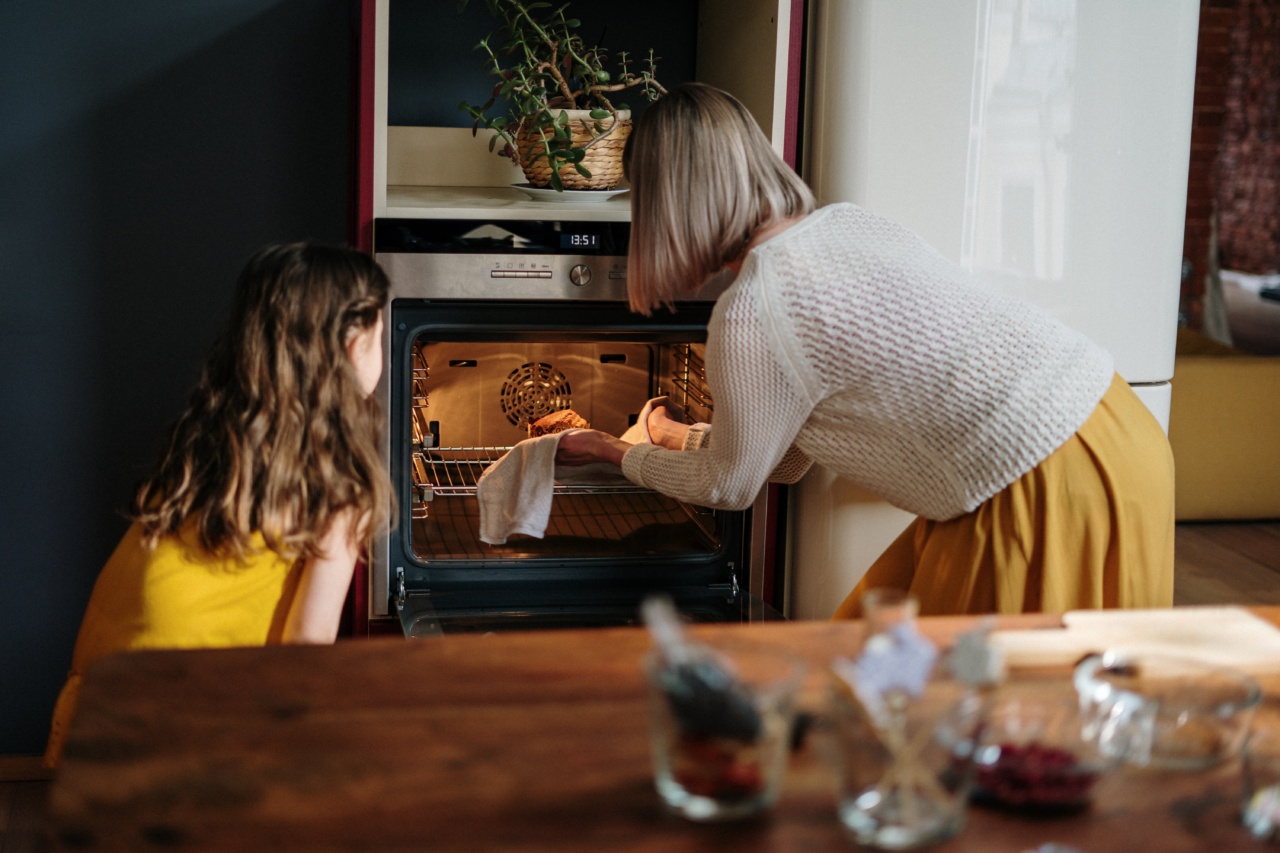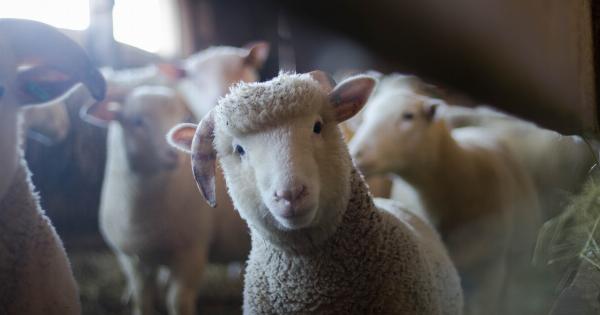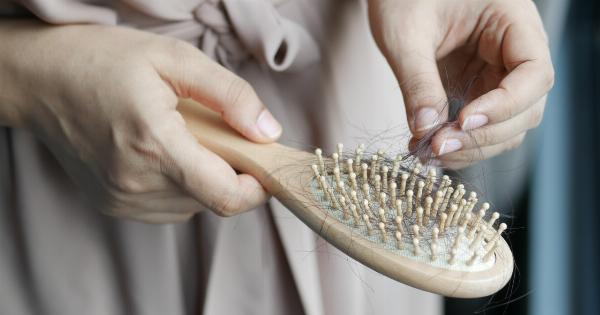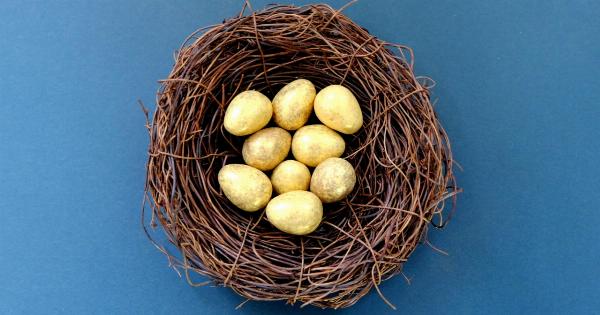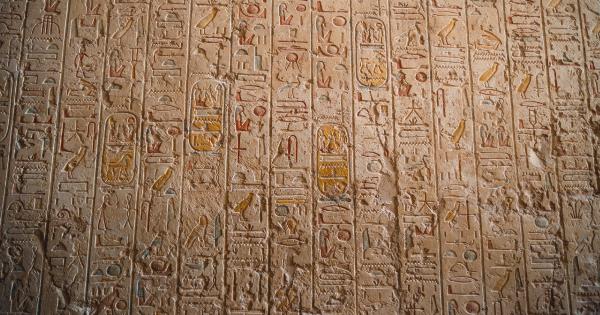Easter is a time of joy, celebration, and feasting. Families and friends gather together to mark this special occasion, and no Easter menu is complete without a selection of delicious treats.
While many traditional dishes are associated with Easter, one item that often takes center stage is the hot cross bun. These spiced and sweet buns with their iconic crossed icing are a staple of Easter celebrations in many countries around the world. But the question remains, will hot cross buns be on your Easter menu?.
A history steeped in tradition
The origins of hot cross buns can be traced back to as early as the 12th century. These buns were traditionally made to be enjoyed on Good Friday, marking the end of Lent.
The cross on top of the bun is said to symbolize the crucifixion of Jesus, making it a fitting addition to the Easter menu.
Over the centuries, hot cross buns have evolved, with different variations and regional twists. The basic ingredients of a hot cross bun include flour, yeast, dried fruit, and a blend of spices such as cinnamon, nutmeg, and allspice.
The dough is then carefully shaped and baked until golden brown.
Traditions around the world
Hot cross buns are not only a beloved Easter treat, but they also hold cultural significance in various countries and regions.
In the United Kingdom, hot cross buns are commonly eaten on Good Friday, and there is even a nursery rhyme that sings their praises: “Hot cross buns, hot cross buns, one a penny, two a penny, hot cross buns.”.
In Australia and New Zealand, hot cross buns have become a popular Easter tradition. They can be found in bakeries and supermarkets as early as January, signaling the start of the Easter season.
It’s not uncommon for families to enjoy these buns throughout the entire Easter weekend, often toasted and slathered with butter.
Across the Atlantic, in the United States and Canada, hot cross buns are also a common sight on Easter tables. Many American families continue the tradition of baking hot cross buns themselves, using recipes passed down through generations.
In Sweden and Finland, a similar bun called “Laskiaispulla” is enjoyed during Lent. This bun, filled with whipped cream and jam, follows the same traditions as hot cross buns, with the cross symbolizing the crucifixion.
The significance of hot cross buns
While hot cross buns are undeniably delicious, their appeal goes beyond just their taste. These buns hold a deep significance and meaning for many people.
They serve as a reminder of the sacrifice made by Jesus and the resurrection celebrated on Easter Sunday.
For some, hot cross buns are a spiritual reminder, representing the crucifixion and the forgiveness of sins. The act of sharing and enjoying these buns with loved ones is seen as an expression of gratitude for the sacrifice made.
Hot cross buns are also a way to bring generations together. Many families have cherished recipes that have been passed down for decades or even centuries. Baking hot cross buns together becomes a way to connect with ancestors and keep traditions alive.
A modern twist on a classic
In recent years, bakers and chefs have put their own spin on the traditional hot cross bun. From chocolate chip hot cross buns to savory versions with cheese and bacon, there is an endless array of flavors to explore.
For those with dietary restrictions, there are also gluten-free, dairy-free, and vegan hot cross bun recipes available. This ensures that everyone can enjoy these tasty treats, regardless of dietary preferences or allergies.
The debate: to bun or not to bun?
While hot cross buns are beloved by many, there are still those who are divided on whether these buns should make an appearance on the Easter menu. Some argue that hot cross buns are too traditional and would rather explore new flavors and dishes.
Others believe that Easter wouldn’t be the same without the familiar sight and aroma of freshly baked hot cross buns.
Ultimately, the decision rests with you. Will you choose to stick with tradition and have hot cross buns on your Easter menu, or will you venture into uncharted culinary territory?.
The joy of sharing
One thing that cannot be denied is the joy that comes from sharing food with loved ones. Easter is a time to come together, indulge in delicious treats, and create lasting memories.
Whether you choose to have hot cross buns or not, what truly matters is the company you keep and the laughter that fills the air.
Easter beyond hot cross buns
Although hot cross buns hold a special place in many Easter celebrations, there are countless other dishes that can be enjoyed during this festive season.
Roast lamb, glazed ham, and an array of fresh spring vegetables are just a few examples of the mouthwatering options available.
Deciding on your Easter menu can be an exciting and creative process. It’s a chance to explore new recipes, experiment with flavors, and cater to the preferences of your loved ones.
Whether you’re hosting a small gathering or a large feast, there is no shortage of culinary delights to choose from.
The final verdict
As you plan your Easter menu, the question of whether hot cross buns will be included is entirely up to you. Consider the traditions and significance behind these buns, the memories they evoke, and the joy they bring to the table.
Whether you decide to keep tradition alive with hot cross buns or venture into new culinary territories, remember that Easter is a time to celebrate, appreciate each other’s company, and indulge in good food.
Whatever you choose, may your Easter be filled with joy, love, and delicious treats!.
